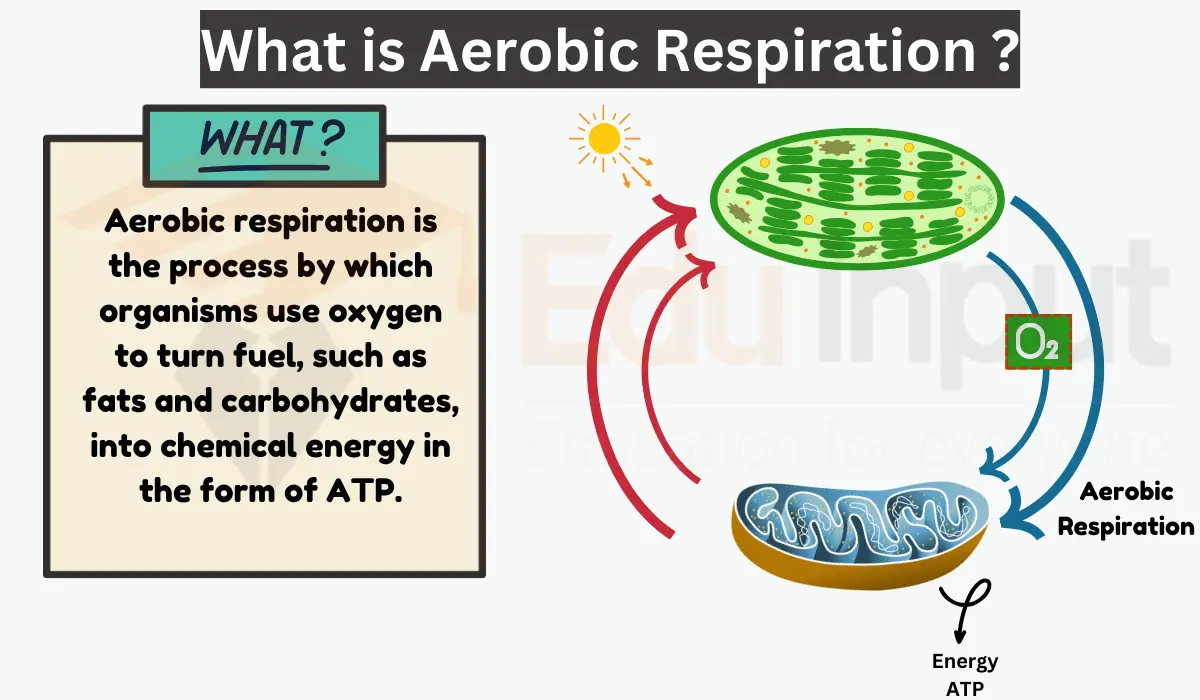How Are Photosynthesis And Cellular Respiration Related?
Photosynthesis and cellular respiration are interconnected because photosynthesis produces glucose used in cellular respiration for ATP production, while cellular respiration produces carbon dioxide used in photosynthesis. They work together to release and store energy in cells.
Interrelation Of Photosynthesis And Cellular Respiration
Photosynthesis and cellular respiration are closely related processes. Photosynthesis utilizes sunlight to convert carbon dioxide and water into glucose and oxygen. In contrast, cellular respiration converts glucose and oxygen into energy.
These processes are interconnected through their reactants and products. The glucose and oxygen produced during photosynthesis serve as the raw materials for cellular respiration, while the waste products of cellular respiration, carbon dioxide, and water, are utilized in photosynthesis.
This relationship allows for the release and storage of energy in cells. Additionally, it helps maintain the balance of carbon dioxide and oxygen in the atmosphere.
Energy transfer and conversion between photosynthesis and cellular respiration
Photosynthesis and cellular respiration involve the transfer and conversion of energy. Photosynthesis uses sunlight to convert carbon dioxide and water into glucose and oxygen, storing energy in the process. Cellular respiration, on the other hand, converts glucose and oxygen into usable energy in the form of ATP.
This relationship between the two processes enables the transfer of energy from the sun to living organisms. Photosynthesis captures and stores solar energy in the chemical bonds of glucose, which is later broken down in cellular respiration to release energy for cellular activities.







Leave a Reply